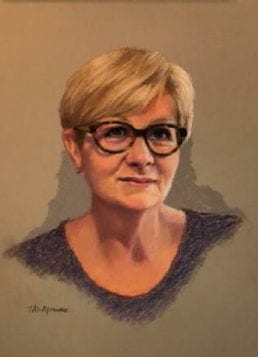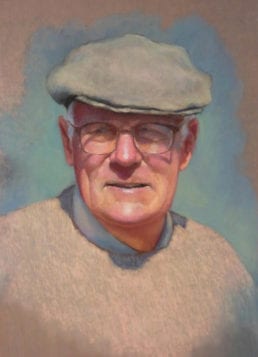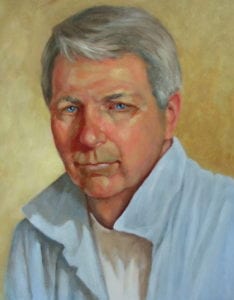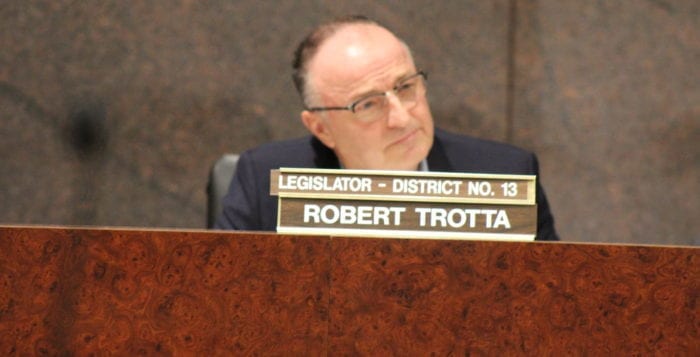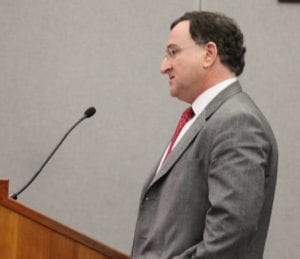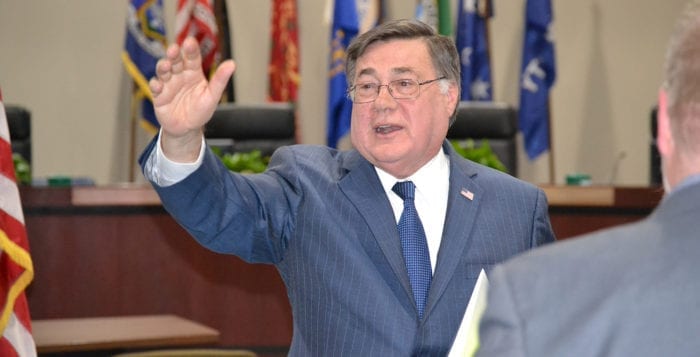By Daniel Dunaief
Brian Hoerger saw the doors bowing inward. A deluge of about 4 inches of rain in an hour or so in Port Jefferson on Sept. 25 sent a river of water toward Theatre Three, which was holding auditions for “A Christmas Carol” and was preparing to share “The Addams Family” a few days later.
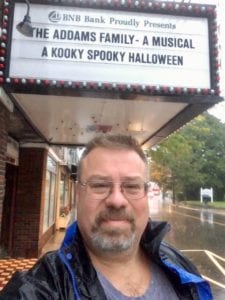
The doors and nearby windows were no match for water that came flooding in, submerging a lighting board, damaging props and leaving tens of thousands of dollars in damage.
Hoerger, the facilities manager at the theater founded in 1969, sprang into action, salvaging what he could, removing what was unrecoverable and stabilizing the situation enough that he could leave around midnight and return six hours later to continue the cleanup effort.
To hear his friends tell it, Hoerger’s response, which included coordinating more than 50 volunteers and prioritizing a way to get the theater back in action just a few days later, is typical of a man committed to the community.
Hoerger has “an unparalleled devotion to helping others,” said Mollie Adler, who attended high school in Port Jefferson with him. “He’s always been extraordinarily helpful.”
In response to the devastating water in the building, Hoerger “worked nonstop,” said Jeffrey Sanzel, executive artistic director of Theatre Three. “He was physically cleaning, he was supervising the things that had to be thrown out and he was dealing with a lot of the main stage electrical stuff.”
Margot Garant, mayor of Port Jefferson, recalled how she and Hoerger were “knee deep in the water,” and that he “goes above and beyond” with his lighting expertise.
“You call him, and he’s always there for you,” she said.
Hoerger was involved in setting up the rental for the replacement of the dimmer rack, which provides the stage lighting.
“He put the theater first, and he put the needs of the staff and the cast that was running in ‘The Addams Family’ first,” Sanzel said. “He stayed positive the whole time. He was always available.”
Hoerger wasn’t involved in much theater. A friend from when the two of them were 5, Eric Cherches, who was then a board member at Theatre Three, suggested that Hoerger give the theater a chance when he returned to Long Island in 2014.
Hoerger said he was hooked, especially by the production of “Sweeney Todd.”
“It was a great show, and the talent was amazing,” recalled Hoerger, who has helped with lighting, carpentry and building sets. While the Theatre Three cast and crew appreciate all he does to support them, he has also built up a reputation as a cook.
Beyond his work with Theatre Three, Hoerger has contributed in numerous other ways.
He pitches in with prom decorations.
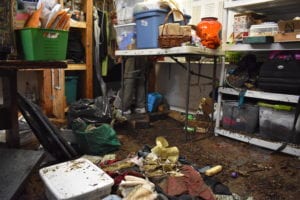
“Little kids will accompany their parents to work on the prom for older siblings or cousins,” said Cherches, a lawyer at the Law Offices of Eric D. Cherches in Port Jefferson. “Everybody knows [Hoerger]. He has a way of making everybody a friend.”
Hoerger has been helpful to Adler, who has had three surgeries for breast cancer and is a single mom dealing with significant financial challenges.
“My house was falling apart,” Adler said. “He helped organize a group of guys we went to school with” to come repair holes in the deck, to paint her door and to repair other problems.
Adler bakes Miss Mollie’s Brownies to support herself and her family. Hoerger brought her brownies into Theatre Three, which shares in the profits for the baked goods.
In addition to the many roles Hoerger has played at Theatre Three, which also include serving as a photographer, the organization has offered him a chance to stand in front of the lights he ensures are working. Sanzel asked Hoerger if he’d be willing to play the role of Mr. Fusco, the hardware store owner in “Saturday Night Fever.”
“That’s not my thing,” Hoerger said. “I enjoy watching the shows and being behind the scenes.”
Hoerger’s colleagues at Theatre Three appreciate his preparation and contributions in the moments when torrential rains don’t hit.
“Any time there’s a chance of heavy rain, he is out there with his pump and hoses snaked around the parking lot,” said Vivian Koutrakos, managing director at Theatre Three. “I’m more impressed with that” in those moments “when we’re not calling on the world to come help us.”
Bringing his childhood friend to the group was “the best thing I did during my almost 10 years on the board,” Cherches said.


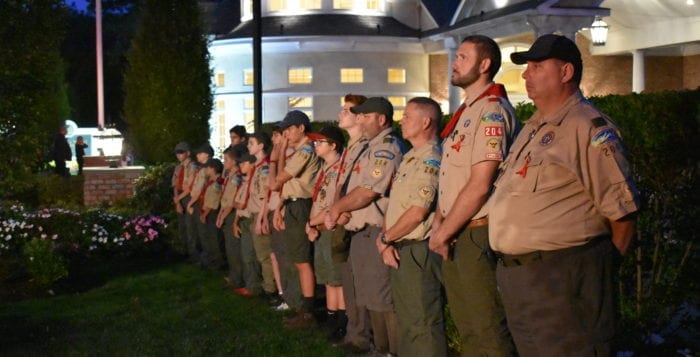
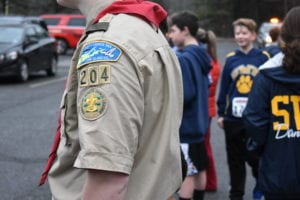
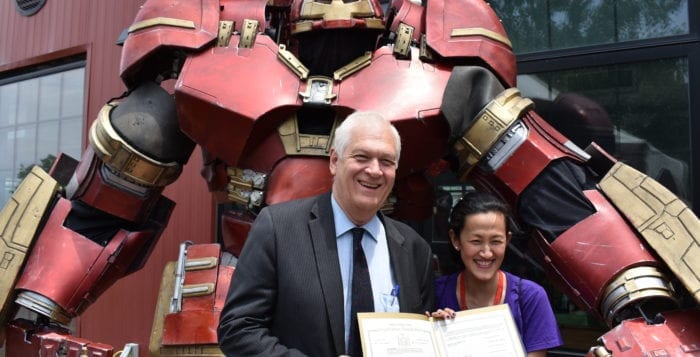

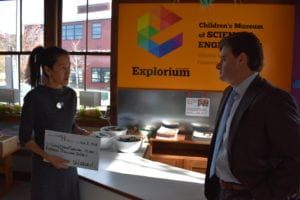
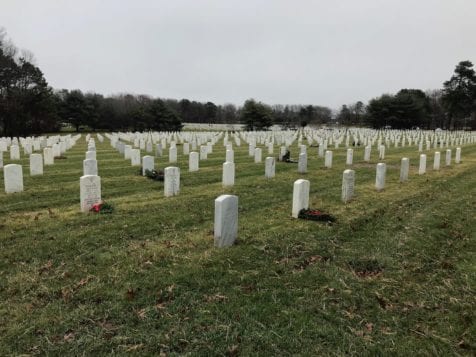

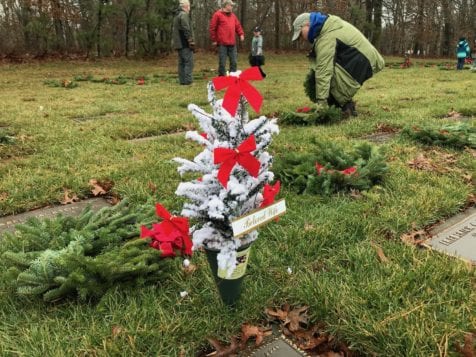
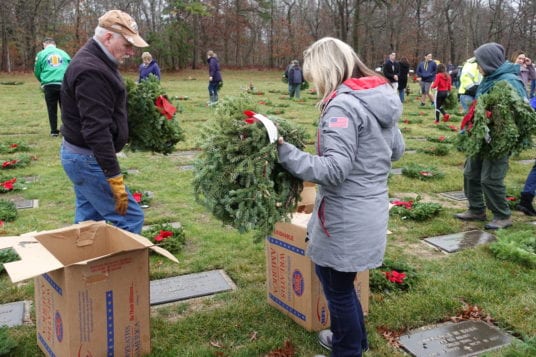
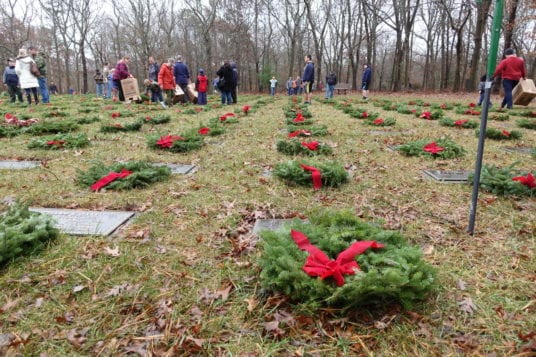
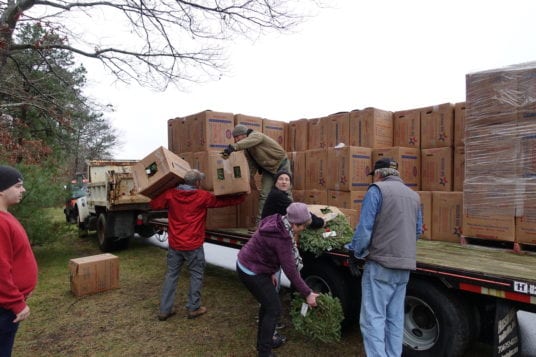

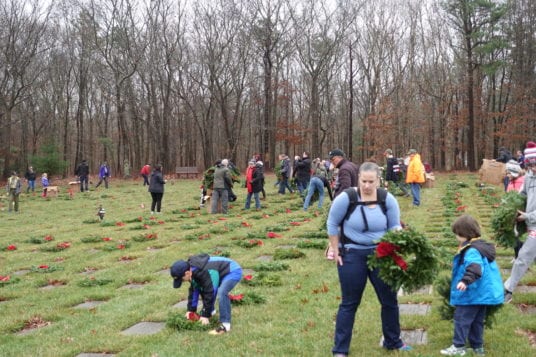
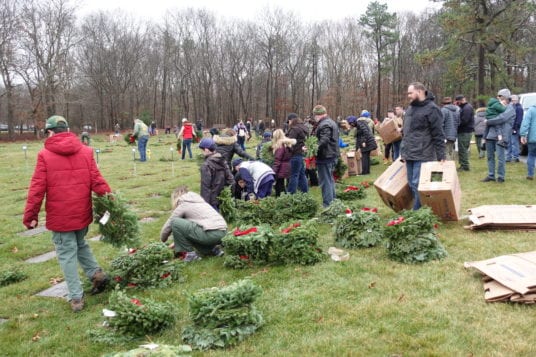



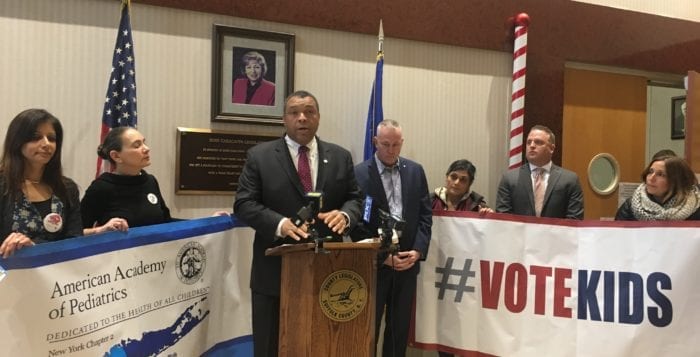
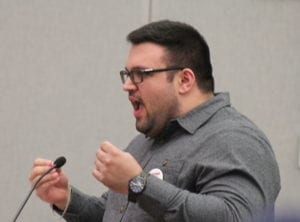

 “This deal puts an end to the uncertainty of this plant over the course of nine years and gives finality to this issue,” Romaine said. “I have always believed that all property assessments should be fairly based on property value.”
“This deal puts an end to the uncertainty of this plant over the course of nine years and gives finality to this issue,” Romaine said. “I have always believed that all property assessments should be fairly based on property value.”



